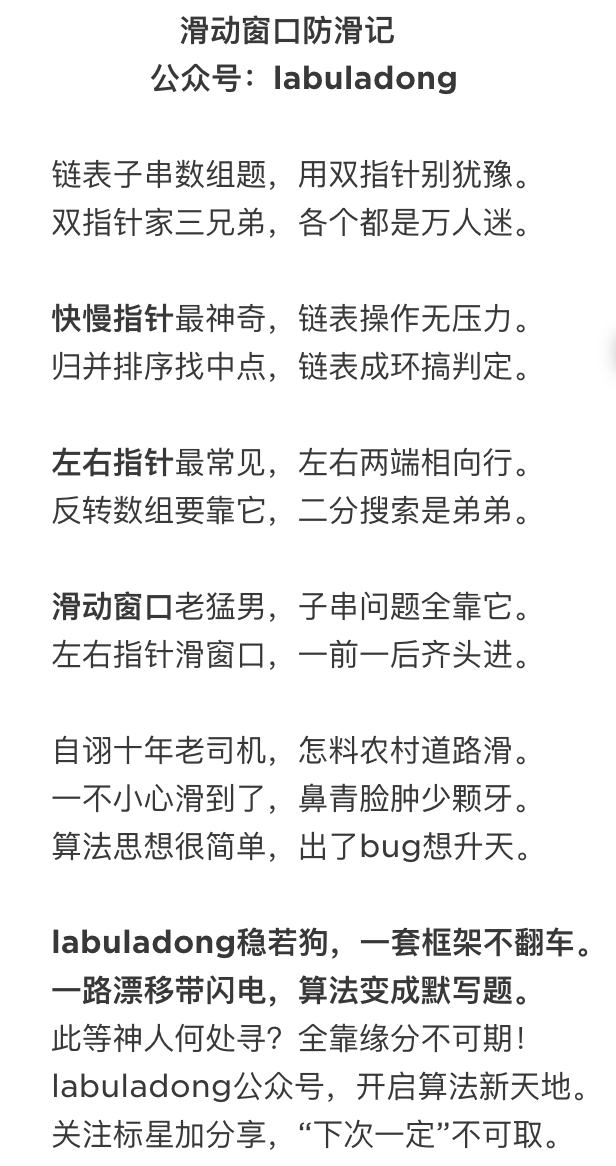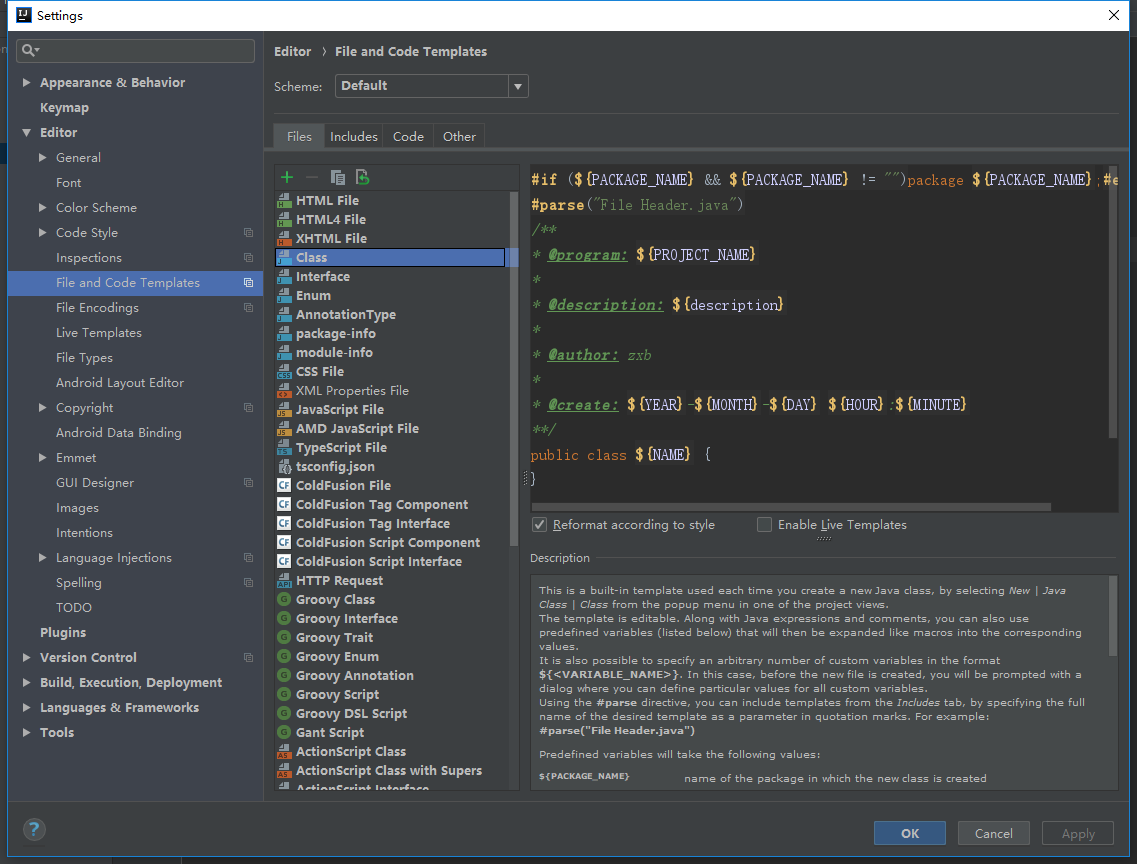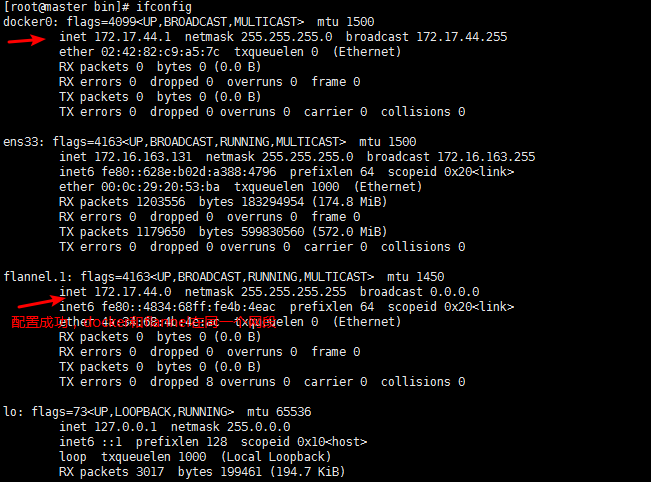I've been fiddling around with the Elm compiler, which is written in Haskell.
I'd like to start implementing some optimizations for it, and part of this involves traversing the AST and adding "annotation" to certain nodes, such as tail-calls, etc.
I know I can use SYB or uniplate to do the traversal, but I'm wondering if there's a boilerplate-free way to deal with the types.
So, suppose we have a bunch of algebraic types for our AST:
data Expr = PlusExpr Expr Expr ...
data Def = TypeAlias String [String] Type ...
If I were writing the boilerplate, I'd make new types like this:
data AnnotatedExpr = PlusExpr Expr Expr [Annotation] ...
data AnnotatedDef = TypeAlias String [String] Type [Annotation] ...
This is a lot of boilderplate to write, and it seems like good practice to avoid this.
I could write something like this:
Data AnnotationTree = Leaf [Annotation]
| Internal [AnnotationTree] [Annotation]
Then I'd just have an annotation tree running parallel to the AST. But there is no guarantee that these trees will have the same structure, so we lose type safety.
So I'm wondering, is there an elegant/recommended solution to avoid boilerplate but still annotate a tree in a type-safe way? To replace each node with an equivalent one, plus a list of annotations which will be used in compilation later?
If you leave the recursion in your data type open you end up suffering an extra constructor everywhere, but can layer in annotations freely without changing most of your skeletal tree.
data Hutton x -- non-recursive functor type
= Int Int | Plus x x
deriving Functor
newtype Tie f = Tie (f (Tie f))
data Annotate f a = Annotate { annotation :: a, layer :: (f (Annotate f a)) }
type Unannotated = Tie Hutton
type Annotated a = Annotate Hutton a
This style is much easier when you can write most of your computations as Hutton-algebras since they will compose better.
interp :: Hutton Int -> Int
interp (Int i) = i
interp (Plus a b) = a + b
runUnannotated :: Functor f => (f x -> x) -> Tie f -> x
runUnannotated phi (Tie f) = phi (fmap (runUnannotated phi) f)
runAnnotated :: Functor f => (f x -> x) -> Annotate f a -> x
runAnnotated phi (Annotate _ f) = phi (fmap (runAnnotated phi) f)
What's also nice is that if you don't mind letting some amount of binding live in the Haskell level (such as in a middling-deep eDSL) then the Free Hutton monad is great for building ASTs and the Cofree Hutton comonad is essentially what Annotated is.
Here's a way to build annotations from the bottom up.
annotate :: Functor f => (f b -> b) -> Tie f -> Annotate f b
annotate phi = runUnannotated $ \x -> Annotate (phi (fmap annotation x)) x
memoize :: Unannotated -> Annotated Int
memoize = annotate interp
such that with the appropriate Show and Num instances
λ> memoize (2 + (2 + 2))
Annotate 6 (Plus (Annotate 2 (Int 2)) (Annotate 4 (Plus (Annotate 2 (Int 2)) (Annotate 2 (Int 2)))))
And here's how you can strip them
strip :: Annotated a -> Unannotated
strip = runAnnotated Tie
See here for a description of how you might achieve this kind of AST work with mutually recursive ADTs, insured by Gallais' comment below.
This question is very similar to a past one talking about the particular annotation of source location. The solution I find most elegant is to re-define Expr and Def to provide a constructor that contains an annotation:
data Expr = PlusExpr Expr Expr
| AnnotatedExpr Annotation Expr
...
You can also use attribute grammars for annotations. If you need many different annotations, the grammars approach will scale better. There are few AG libraries and preprocessors on Hackage, one is uuagc which is used to build UHC/EHC Haskell compiler.
It is also possible to write a Template Haskell macros which converts a datatype into an annotated one.






